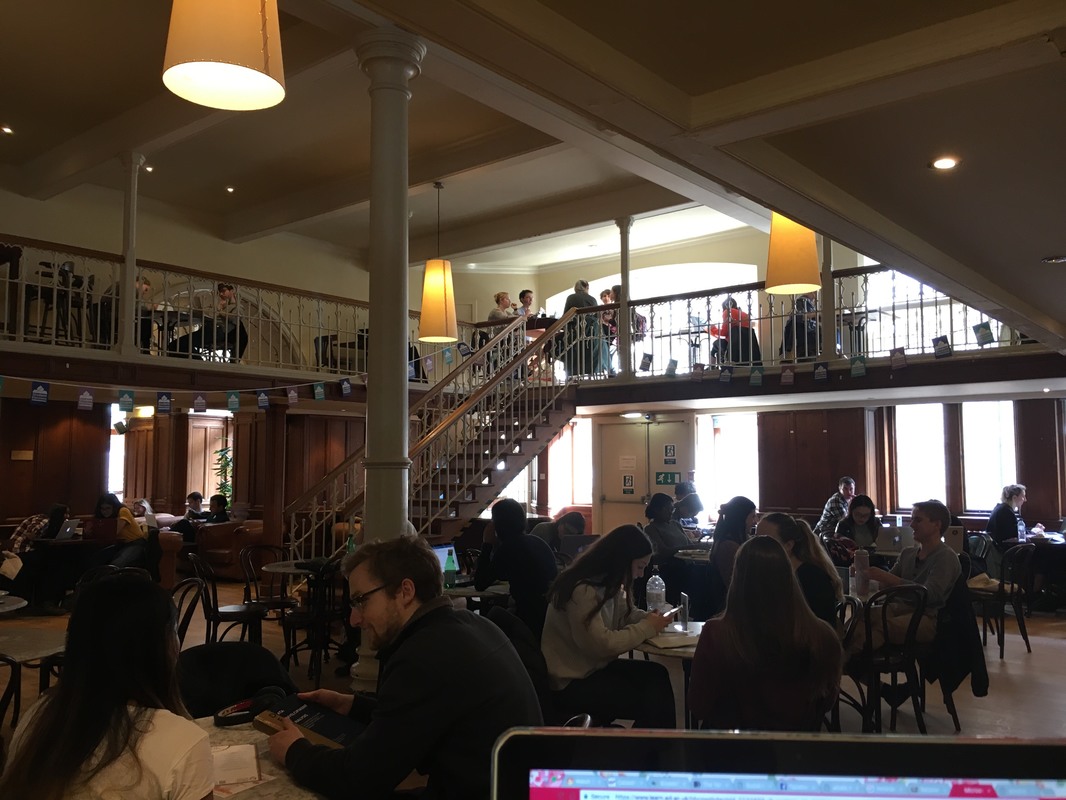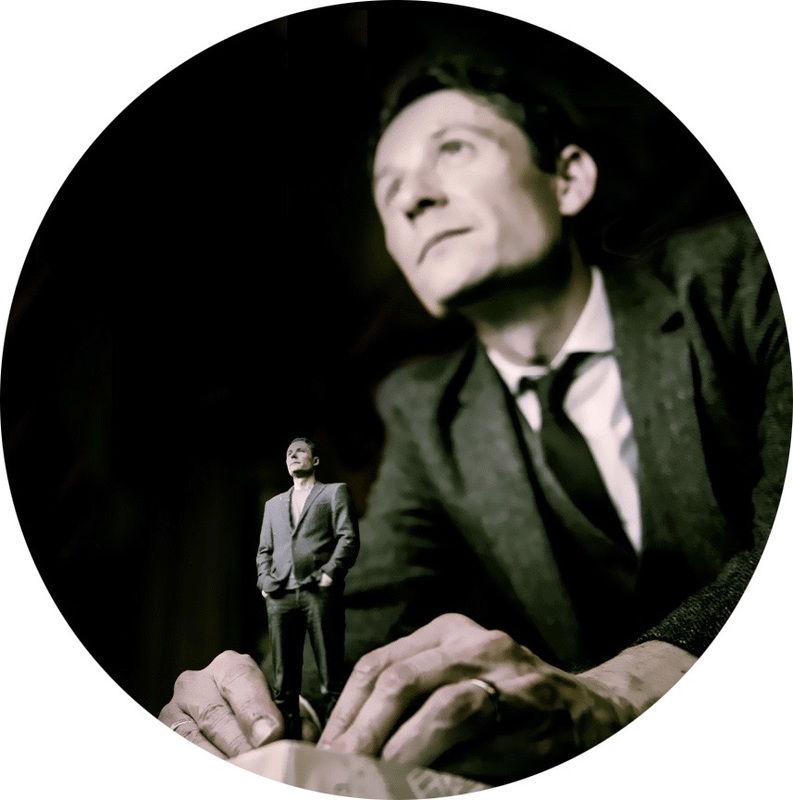|
Taking a few moments here to talk about my ongoing - and evolving - research around assessment practice. Over time the interest of my PhD has broadened from the phenomenon of digital multimodal assessment to also ask questions more generally about the way that assessment practice in the Humanities is affected by the societal and pedagogical shift to the digital. In particular I am interested in investigating how:
In relation to the third of these lines of inquiry, I am particularly drawn towards sociomateriality's attention to the way that meaning emerges from a broader range of influences, opportunities, limitations and pressures beyond human interest and action. I think this is neatly captured by Fenwick, Sawchuk and Edwards when they propose that sociomaterial research looks to take account of:
In this way assessment feels less like a transaction between student and tutor, or a measure of academic performance, and much more like an assemblage of the seen and unseen, the human and machine, and beyond. As such, sociomateriality (supported by critical posthumanism) has had the effect of lifting my conceptual gaze from the ways that knowledge is conveyed and interpreted, to also take into account what previously seemed peripheral (or invisible or irrelevant) to assessment. This in turn has meant extending my ethnographic fieldwork where I have been observing students and tutors from undergraduate courses in Architecture and History. I have continued to investigate what takes place in the lecture theatre, studio, meeting room, corridor and canteen: at the same time though I have taken two further approaches in order to get a better sense of the resources and restrictions that influence the preparation of a piece of a coursework, whilst also investigating how digital literacy practices are enacted beyond what I was able to observe in class and around campus.
For the time being I am referring to this method as ‘digital sociomaterial journaling’, thereby acknowledging how my approach is influenced by Gourlay and Oliver’s recent proposal of longitudinal multimodal journaling (2016). Combining ethnographic approaches with an interest in sociomateriality and New Literacy Studies, Gourlay and Oliver describe research where they gathered journaling data in order to investigate the digital engagement of a group of postgraduate students. Amongst other methods, participants were provided with iPod Touch devices in order to gather data that would ‘document their day-to-day practices with texts and technologies in a range of settings’ (2016: 302), thereby offering insights into their digital literacy practices. As well as drawing inspiration from Gourlay and Oliver’s work, I have looked to some of my own earlier research where, along with my colleagues Sian Bayne and Michael Gallagher, we used the elicitation of 'digital multimodal postcards’ alongside semi-structured interviews to investigate how online distance students understand and enact their university, and how they construct space for learning (Bayne, Gallagher & Lamb 2013; Gallagher, Lamb & Bayne 2016). Here then is how these different methodologies have shaped my current research. Inviting students to record their surroundings as they work on an assignment For a period of approximately one week in the lead up to a recent essay deadline, five students from the American History course were asked to ‘record their surroundings' on every occasion they worked on the assignment. This included taking a photograph, making a one-minute ambient sound recording, and writing a short description of their location and activity at that moment in time. The data were then submitted electronically using a drop box on this website, via e-mail or USB drive. For the purpose of illustration, this is one of the six submissions that Sarah made as she worked on her assignment about the Civil Rights Movement.
Shadowing students as they work on an assignment
Two of the same students who recorded their surroundings also agreed to let me shadow them at different times as they worked on the essay assignment. In Karen’s case this comprised an afternoon in her flat followed by a later period in the main university library. For Harry meanwhile this involved a full day studying in one of the university's smaller libraries, as well as a nearby common room. As Karen and Harry worked on their essays (and drank tea, checked Facebook, listened to music and so on) I made my own sound recordings, took photographs and typed field notes. The following video gathers together representative sights and sounds from my first observation of Karen (although not as yet with the inclusion of entries from my field notes or reference to her Internet history for the corresponding period that she kindly agreed to supply me with).
The approaches described here were designed to shed light on the some on the recent interest of my research (bulleted above). For instance, how does the algorithmic code that is concealed, as Edwards & Michael (2011) suggest, beneath the sophisticated interface of software applications, influence the search results that appear in Google Scholar? How do perceptions and practices around plagiarism detection software influence composition (a concern recognised in research by Introna & Hayes (2011))? How does the use of sophisticated hardware and software pictured in the different images advance the notion of shared authorship between human and machine (see Knox & Bayne 2013)? Meanwhile, through the shadowing exercise in particular I have sought to gain insights into the ‘minute dynamics and connections’ that Fenwick et al. (2011, p.8) believe to be overlooked when we look to understand educational activities.
For the time being I am resisting the temptation to offer any sort of this response to these questions, not least as next month I will interview the same five students from the American History course. This will include discussion around the sights and sounds each student gathered as they worked on their essay assignment. Before that, for the purpose of comparison, tomorrow morning I will begin the same process all over again with five students from an Architectural Design course. A note on ethics Pseudoynms have been used in place of participant's real names. Students gave their consent to participate in the research described above, including the sharing of their supplied data. Participants were offered a £20 gift voucher for participating in each part of this research.
References
0 Comments
Leave a Reply. |
Search categories
All
I am a Lecturer in Digital Education (Education Futures), within the Centre for Research in Digital Education at The University of Edinburgh.
@james858499 [email protected] |

